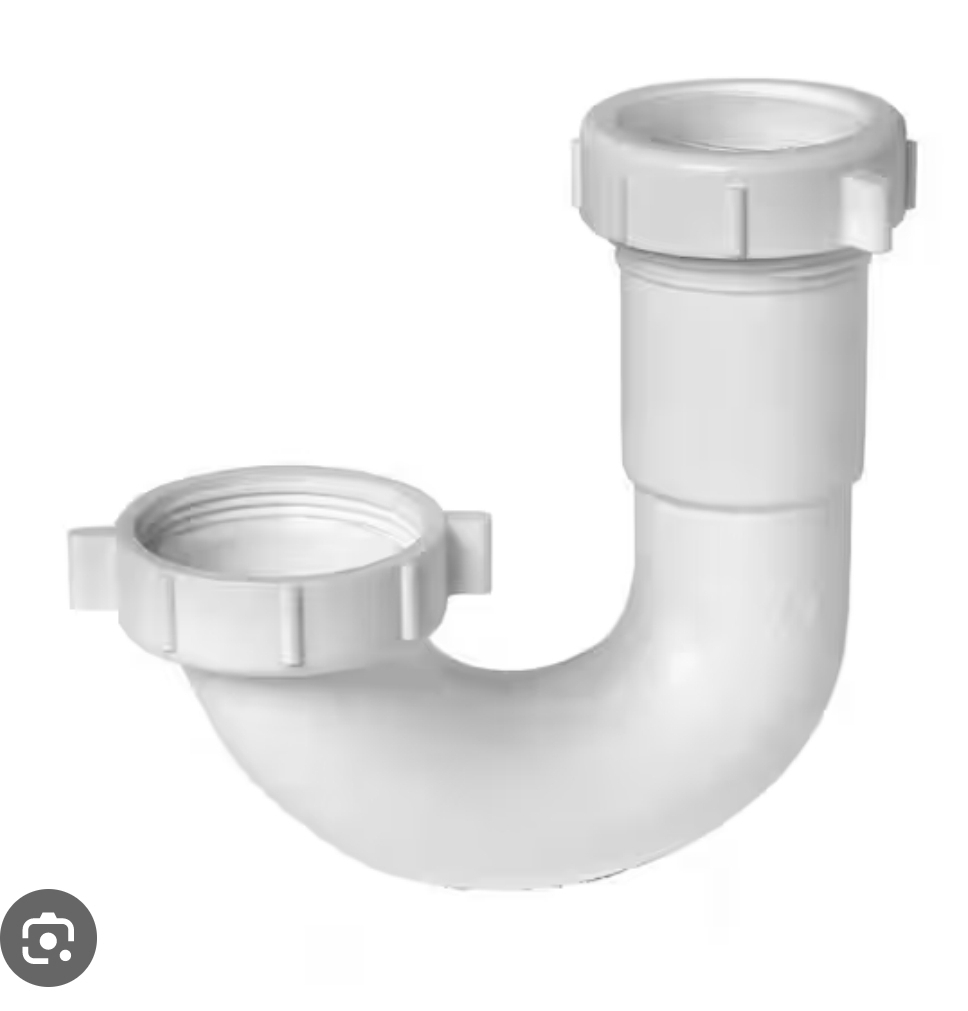I’ve been noticing an occasional sewer smell in my bathroom, and finally realized it’s only present when it’s below freezing outside. As soon as the weather warms up, the smell goes away. For reference, my house was built in '55 and the toilet is plumbed into the original steel sewer line. There are no leaks (everything below the upstairs bathroom is easily accessible from the basement), and no issues flushing. House has sewer service, so no septic tank to worry about.
Could it just be the steel pipe contracting in the cold? If so, would replacing the wax seal address the issue?
Additionally, if that’s plausible, would putting a space heater near the steel pipe help by warming it back up (temporary solution to address the smell). Basement is finished and conditioned, but I don’t heat it for comfort unless we’re spending time down there. I’ll just deal with it being 60 degrees when I’m doing laundry.
If not, any other ideas? That’s my only hypothesis, so hoping to get some feedback.
I’ve got no problem calling in a plumber and plan to do so, but I’d just like to have an idea of what I’m up against so I can set expectations for pricing and such.
Edit: Have ruled out dry drain traps. Current plan is to just let the plumber figure it out and hope for the best. Thanks for the suggestions.
When its cold the traps are more likely to dry out. Run some water through the faucets to refill them. Its basically standing water that fills the tube so gasses can not go in and out.
This is what a trap looks like. They are ment to have a small amount of water retained to fill the pipe.

Also running a couple of pichers of water down your basement drain can help if it is coming from there.
Thanks. Will give that a try. The sinks get used frequently, so I don’t think the traps would have a chance to dry out, but it’s simple enough to try.
It might also be a problem with your plumbing vents.
Once in a blue moon, the vent on my roof gets buried in snow.
It usually thaws quick enough because there’s a bit of warm inside air leaking up, but if we get lots of snow at once, sometimes it happens.If the vent is plugged and air can’t get in from the vent to allow water out l, it will either start to go uhhh… glug-glug, or sometimes that just siphons one of the other traps to allow air in that way, which then also allows smelly air through there.
You’re likely to not notice the gluglug or the siphoning of another trap happening elsewhere when you flush the toilet.
I’m not a plumber, but that’d be my guess.With a picture.

Air always needs to get in for water to go out.
(Kinda like holding your finger at the end of a straw in a bowl of water doesn’t allow water in or out of the straw)
If the top right vent (roof or wherever) is plugged by snow or ice and you drain somewhere else, it’s likely the basin trap will get siphoned to allow air in the way.
It then doesn’t block sewer gasses from getting back in that way.Interesting.
My sinks, showers, dishwasher, etc all have a separate PVC sewer line and only the toilet still uses the original steel one. Both sewer lines, PVC and steel, exit the basement separately, but I don’t know if they stay separate all the way to the sewer connection at the street or combine outside. Thanks previous owner /s.
That said, I’ll have to check the vent configuration. I think there’s only one vent and want to say it’s shared between the two, but I have no idea. When I bought the house years ago, the inspector didn’t make any notes about that, so I assumed it was all good.
Thanks for that diagram, btw. Will see how mine compares and hope the plumber doesn’t just recommend ripping everything out and starting over xD
If a vent is lacking the are air admittance valves (AAV).
They’re basically a one way vent for air that allows inside air to be used for venting the pipes but doesn’t allow sewer gasses back up.
It wouldn’t be my first choice as they eventually wear out, but certainly much cheaper than rippong stuff out of the walls.
Haven’t had any snow accumulation this year (yet), so it shouldn’t be that blocking it. Not to say it couldn’t have a block by something else (it’s almost 70 years old). Haven’t noticed any glugging, but like you said, I may not notice it.
I’ll mention it to the plumber and see what they think.
Thanks!
Before you call the plumber, try calling the city. We had sewage backing up into our showers so we called the city and they found the issue was on our side but still fixed it for us for free.
Worst case scenario, they say it’s not their problem. Best case scenario, they give you the solution or even fix it themselves.
Interesting. I don’t have any issues with things going out (or, worse, coming back up), so I didn’t think to involve them at all. Worth a shot. Thanks!
Smells coming back up, especially when related to the outside, could be indicative of a larger sewer issue. That’s why they were so happy to respond to our issue.
In our case, there’s a flap that is supposed to only allow stuff out. Sometimes that flap gets stuck open and can’t shut. If the sewer levels rise above that flap, now stuff is flowing the wrong way back into the private side of the sewage line.
there’s a flap that is supposed to only allow stuff ou
Did not know that was a thing. Learn something new every day.
In my case, depending on where that is and if my setup even has one, I doubt it’s the case. My house is also on a hill above the street/sewer connection and pretty much goes downhill from the time it exits the house. If sewer levels rise that high, the whole neighborhood is going to be in deep…well, you know. lol


